Of all the countries I’ve visited, none has moved or marked me as profoundly as Iran—a name given by the West since 1935, yet whose soul remains inextricably tied to Persia. Cradle of one of the world’s oldest civilisations, this land bridges East and West, an empire that, as early as the 6th century BCE, united over twenty kingdoms from the Mediterranean to the Indus Valley. Though conquered by Arabs, Iran retained its extraordinary, radiant culture: its artists elevated Arabic calligraphy to new heights, while its architects adorned Asia with masterpieces, from Northern India to Samarkand and Bukhara.
What struck me most was the innate kindness of Iranians—a hospitality woven into their very being. Ta’ārof, that delicate art of courtesy, transcends mere politeness: it is a tribute to the other. This ethos, reminiscent of Adab in other Eastern traditions, takes on a uniquely Persian dimension. Every encounter becomes a gift.
For a month, I journeyed across this vast land—three times the size of France—with a friend, discovering a country where history feels palpably alive. For three millennia, Persia has venerated divine light through Zoroastrianism, and in Yazd’s temple, a flame has burned uninterrupted for fifteen centuries. We crossed deserts crisscrossed with modern highways; marvelled at Isfahan’s majestic Naqsh-e Jahan Square, among the world’s grandest. In Shiraz, city of poets, we paused in reverence at the tombs of Hafez and Saadi—now pilgrimage sites where families whisper verses like prayers.
Then came the unexpected: strangers sharing meals, women disarming us with candid warmth. Nothing compares to such pure, spontaneous generosity, so distant from the Iran often portrayed in the West. Here, despite political upheavals, the Persian soul endures—vibrant, alive, and profoundly welcoming.
This journey transformed me. A part of my heart remains there, bound to those epic landscapes, that ancient culture, and the boundless kindness of its people.
Iran is an unending wellspring of wonder.
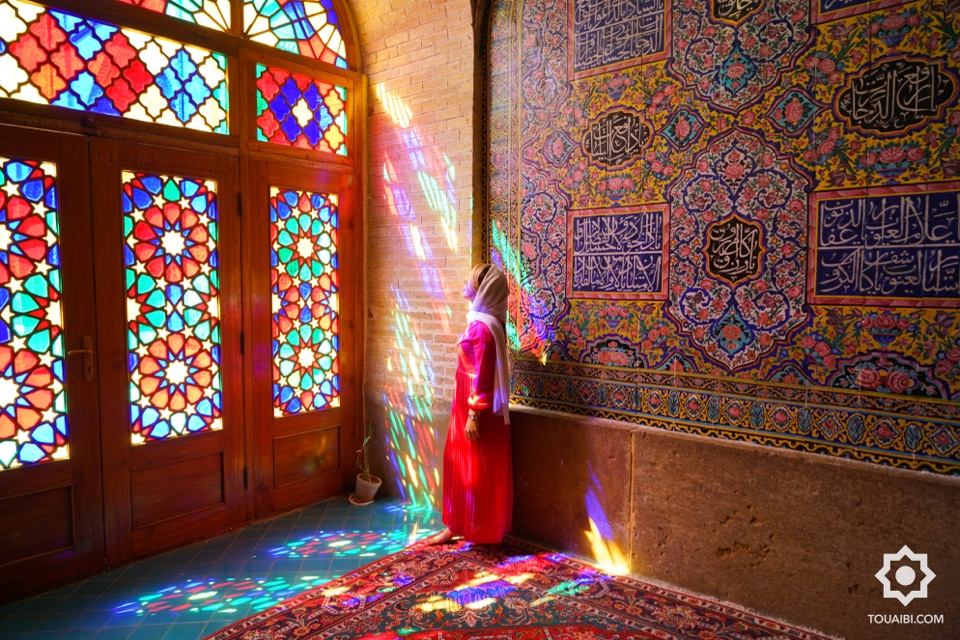
About
Shiraz. The Nasir al-Mulk Mosque, nicknamed the ‘Pink Mosque’, is an architectural masterpiece from the XIXe century. Out of the ordinary, it dazzles visitors with the morning light filtering through its colourful stained glass windows. An enchanting, magical place, highly prized by visitors from all over the world.
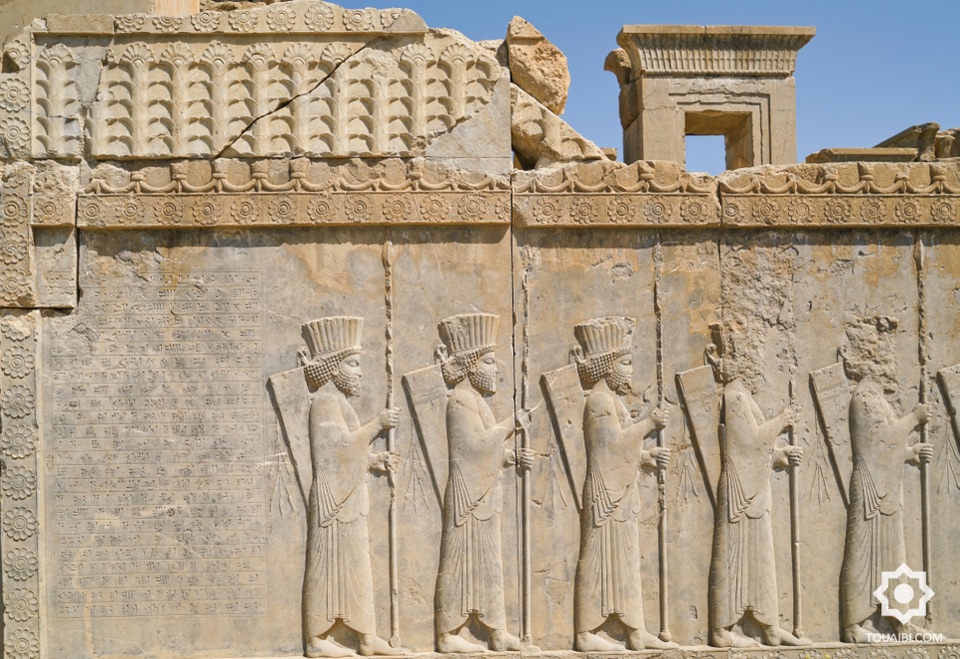
About
Bas-relief of Persepolis (6th-4th century BC), a jewel of Achaemenid architecture. Capital of the Persian Empire, this ancient city reveals its genius in the details: the folds of the dignitaries' clothes and the symbols engraved with millimetre precision. A unique testimony to the power and refinement of a civilisation at its apogee.
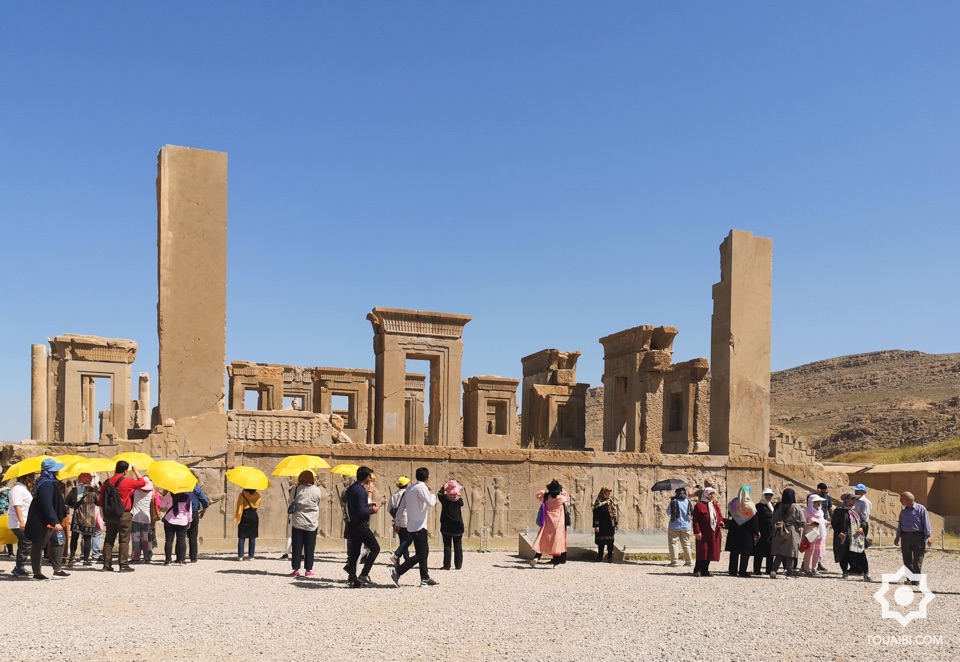
About
Persepolis – View of the Apadana, the majestic palace of Darius Ier. This ceremonial hall, the symbolic heart of the Achaemenid Empire, could accommodate up to 10,000 people during imperial ceremonies.
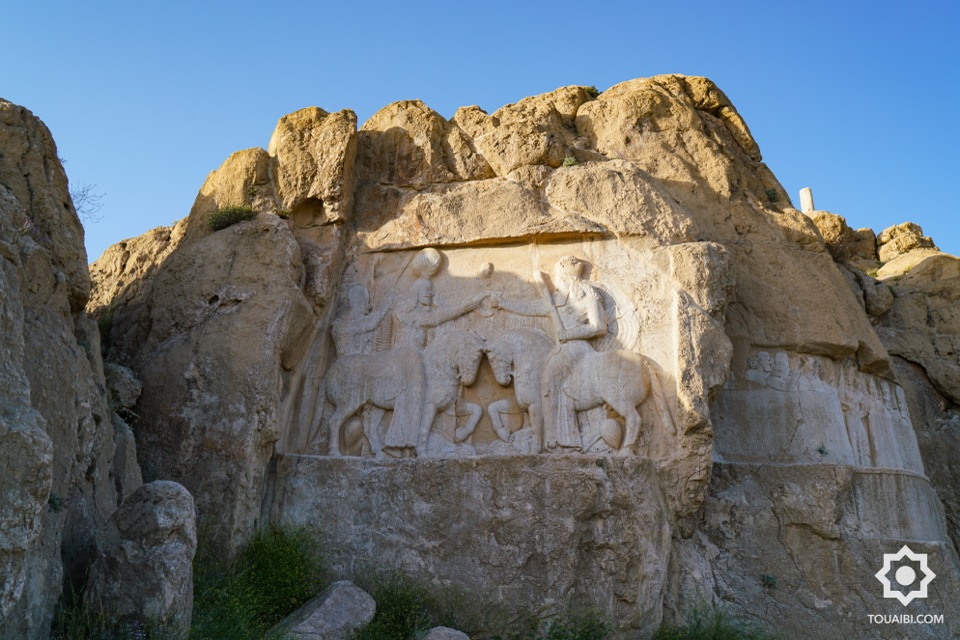
About
Naqs-e Rostam near Persepolis. Bas-relief representing the investiture of Ardachîr I by the God Ahura Mazda. Naqs-e Rostam was a sacred site in pre-Islamic Iran, chosen over two millennia to house the symbols of gods and kings.
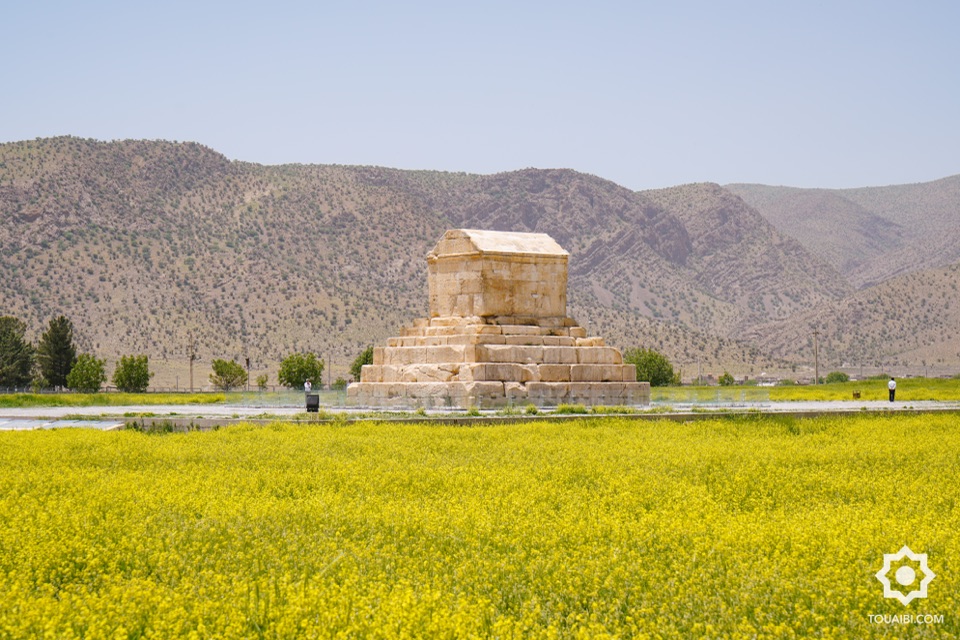
About
The mausoleum of Cyrus II, known as Cyrus the Great (died 529 BC), stands in the ancient city of Pasargadae. He was the founder of the Persian Empire.
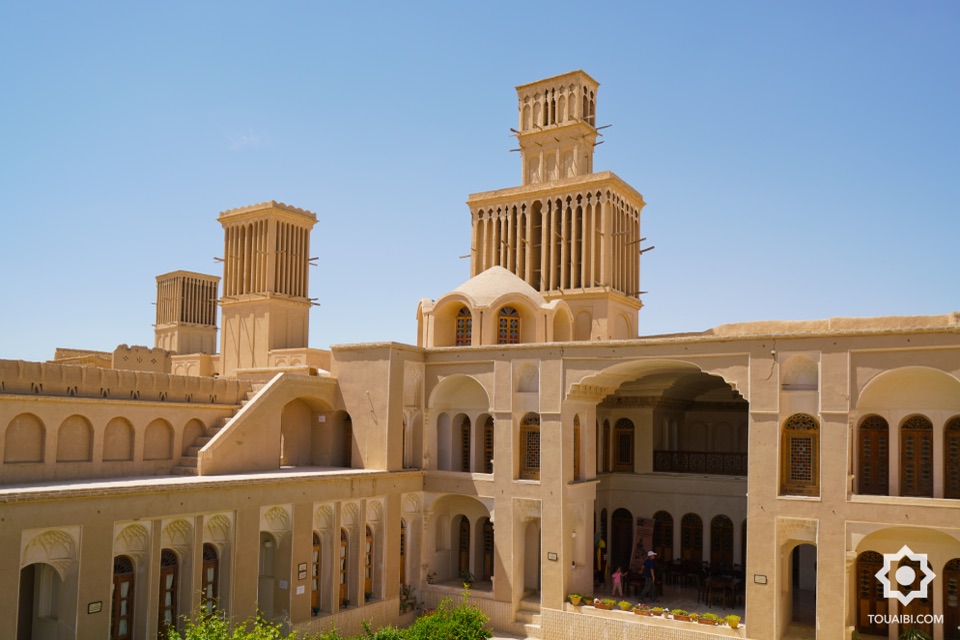
About
Ventilation towers (bâd-gir) of Abarkuh, Yazd region. A masterpiece of ancient Persian engineering, these clay ‘wind catchers’ naturally cooled buildings by capturing desert breezes. An ingenious system that testifies to the harmony between architecture and the arid climate of central Iran.
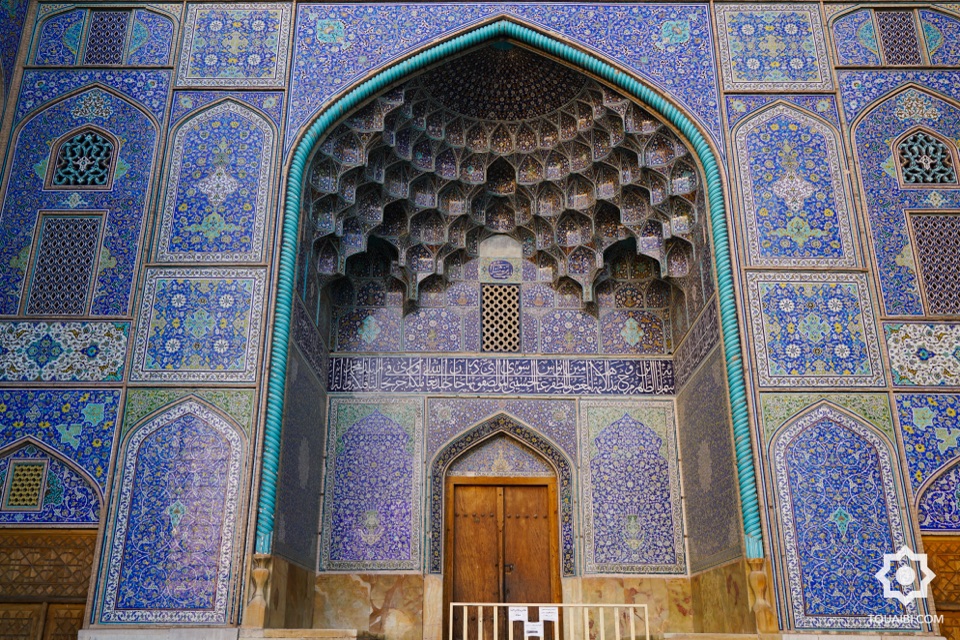
About
Esfahan. The Imam Mosque (1611–1629), a Safavid jewel of blue and turquoise earthenware, is a masterpiece of architectural balance. Its monumental portal (30 m high), muqarnas domes and divine calligraphy reflect four centuries of Persian perfection. A UNESCO World Heritage site, it captivates visitors with its play of light, which transforms the geometric patterns into a visual symphony as the day progresses.
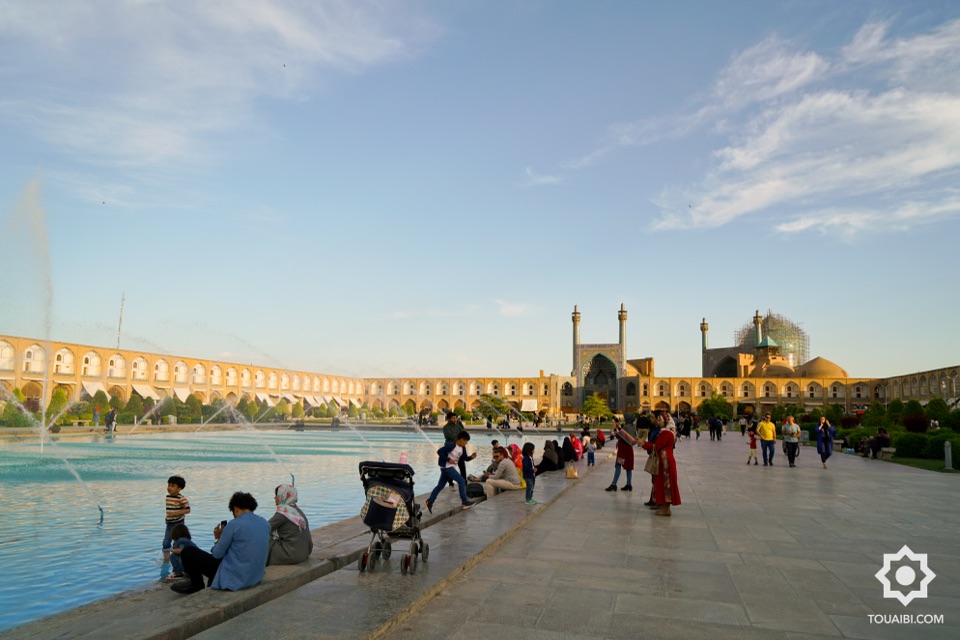
About
Esfahan. The majestic Naqsh-e Jahan Square (XVIIe century), a jewel of Safavid architecture, is one of the largest in the world (160 m x 512 m). This beating heart of classical Persia, surrounded by turquoise-domed mosques, palaces and bustling bazaars, embodies the urban planning genius of an era when art and power interacted in harmony. A UNESCO World Heritage Site, it remains a fascinating place to live to this day.
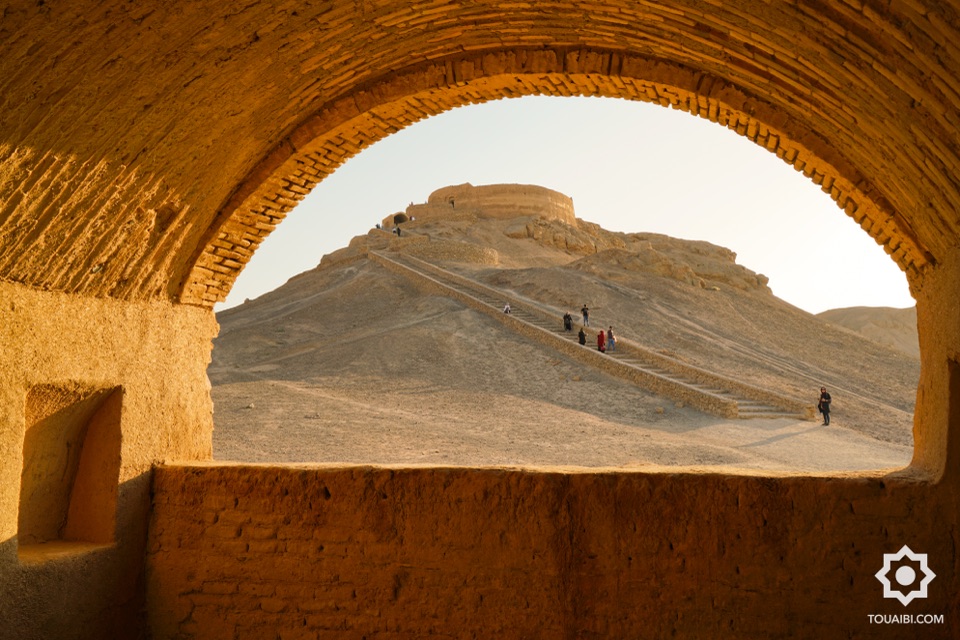
About
Yazd, the spiritual capital of the ancient monotheistic religion of Zoroastrianism, is one of the oldest cities in the world. It is home to several towers of silence (dakhmeh), raised circular structures where Zoroastrians once performed their funeral rites.

About
Mashhad, Iran's first holy city. The shrine of Imam Reza (d. 818), the eighth Imam of Shiism, forms an immense complex covering 100 hectares (1 million m2). The spiritual heart of the country, it welcomes 20 to 30 million pilgrims every year. It is one of the most visited religious sites in the world. Its legendary hospitality is evident in the 1,000 meals offered daily to visitors, perpetuating a twelve-century-old tradition of charity.
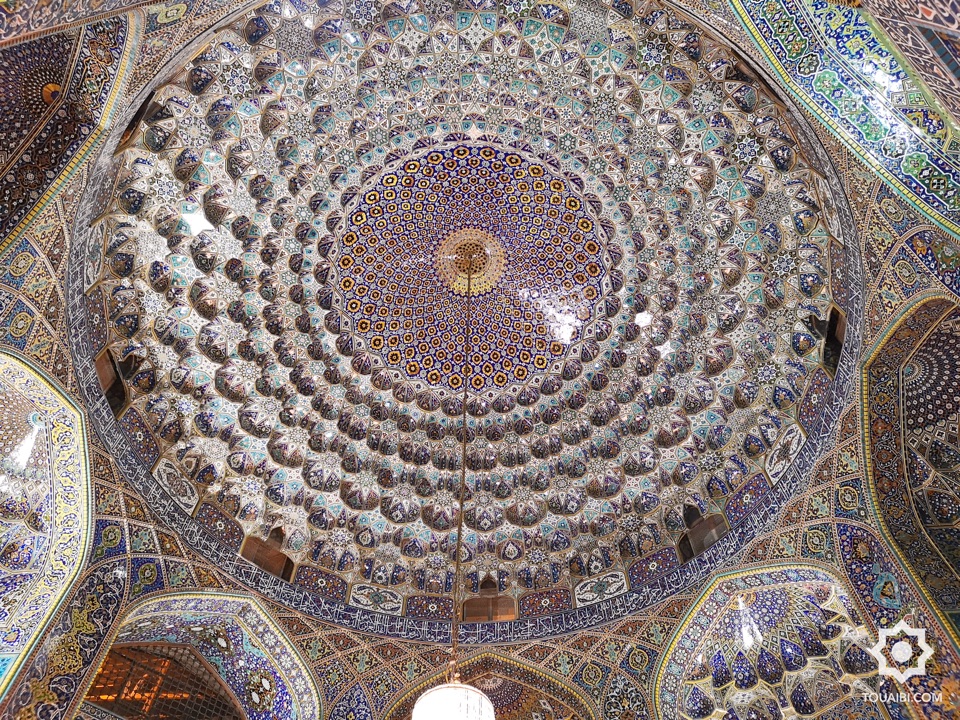
About
One of the majestic domes of the Imam Reza shrine in Mashhad, the holiest place in Iran for Shiites.
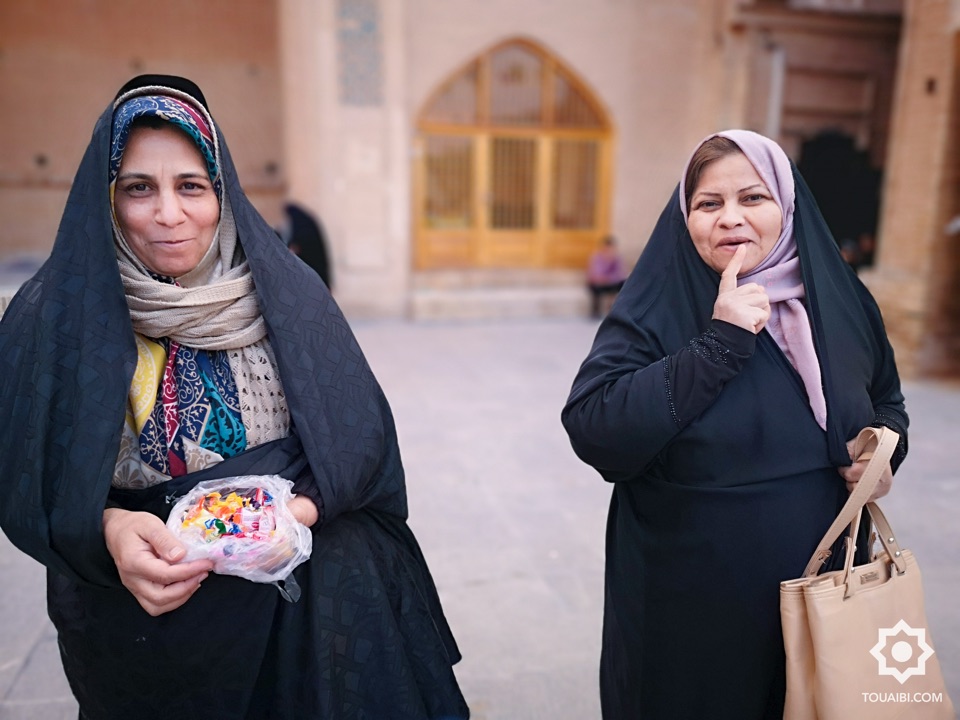
About
In front of the shrine of Bistâmî (d. 874), one of Iran's first great Sufi mystics, two women offer me sweets to welcome me.
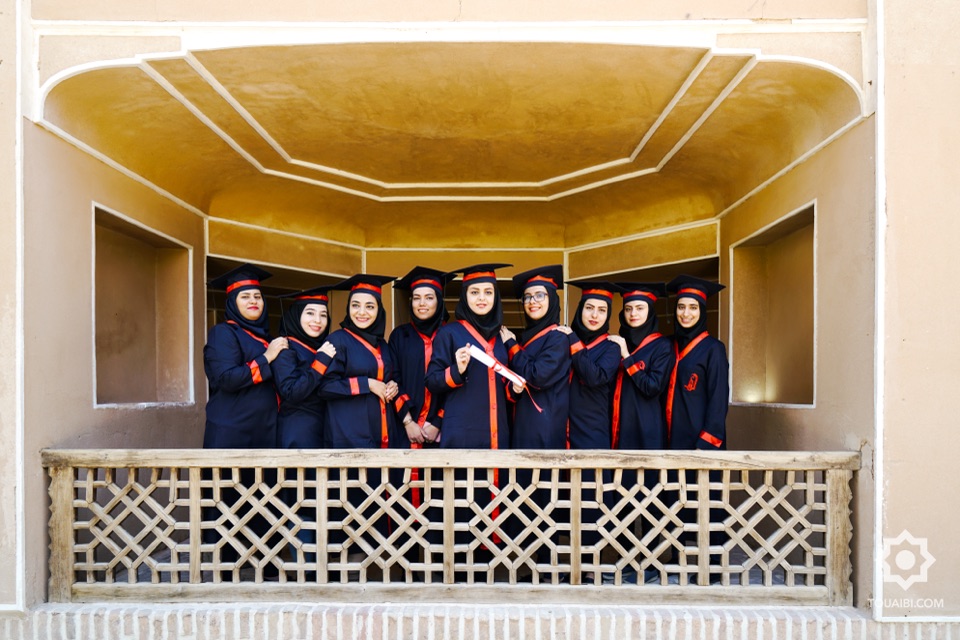
About
In Yazd, young girls, beaming with joy, pose for a souvenir photo after graduating.
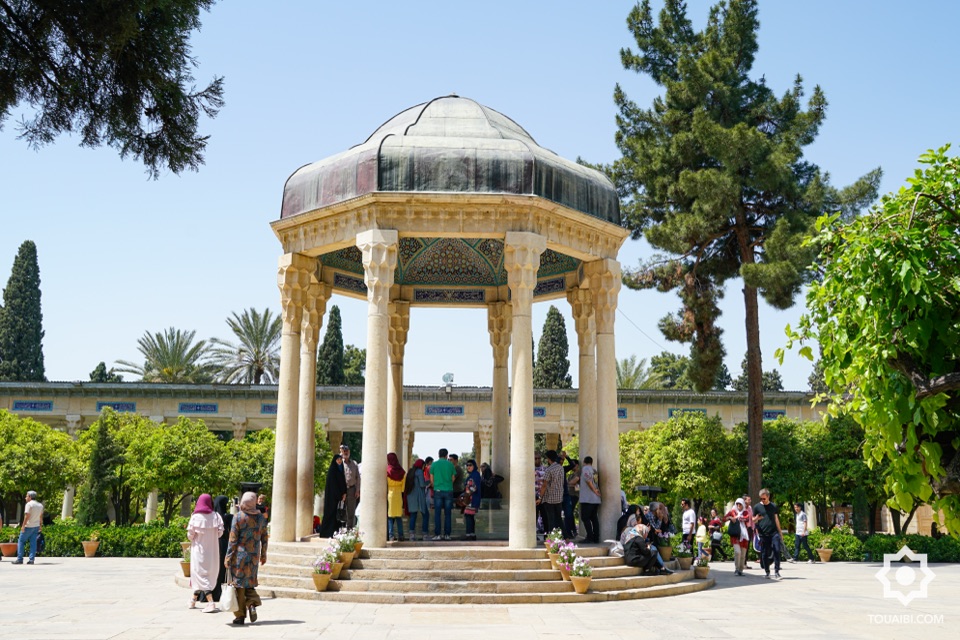
About
The shrine of Hafiz (d. 1389), considered to be the greatest Persian lyric poet. A place of pilgrimage where people come to meditate, weep, laugh, give thanks or simply rest. His ‘Divân’, found in almost every Iranian home, is constantly read, recited and commented on. Its influence was such that it inspired Goethe to write his ‘Western-Eastern Divan’.
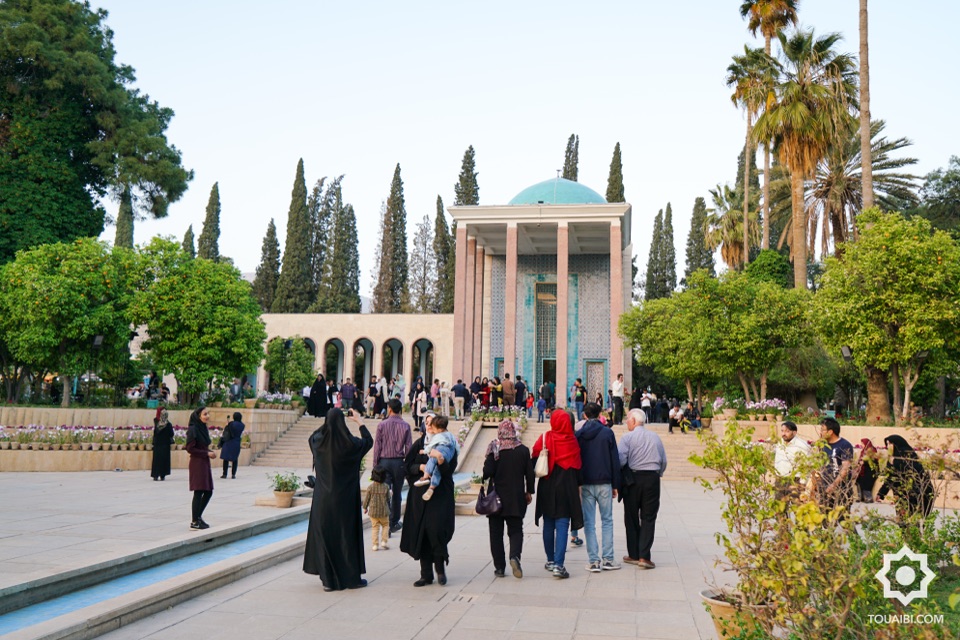
About
The shrine of Saadi (d. 1291), humanist poet and author of the famous Gulistan ‘The Rose Garden’, a masterpiece of poetic prose where fables and maxims mingle. Pilgrims and lovers of words gather at his tomb, seeking wisdom or comfort in his timeless verses.
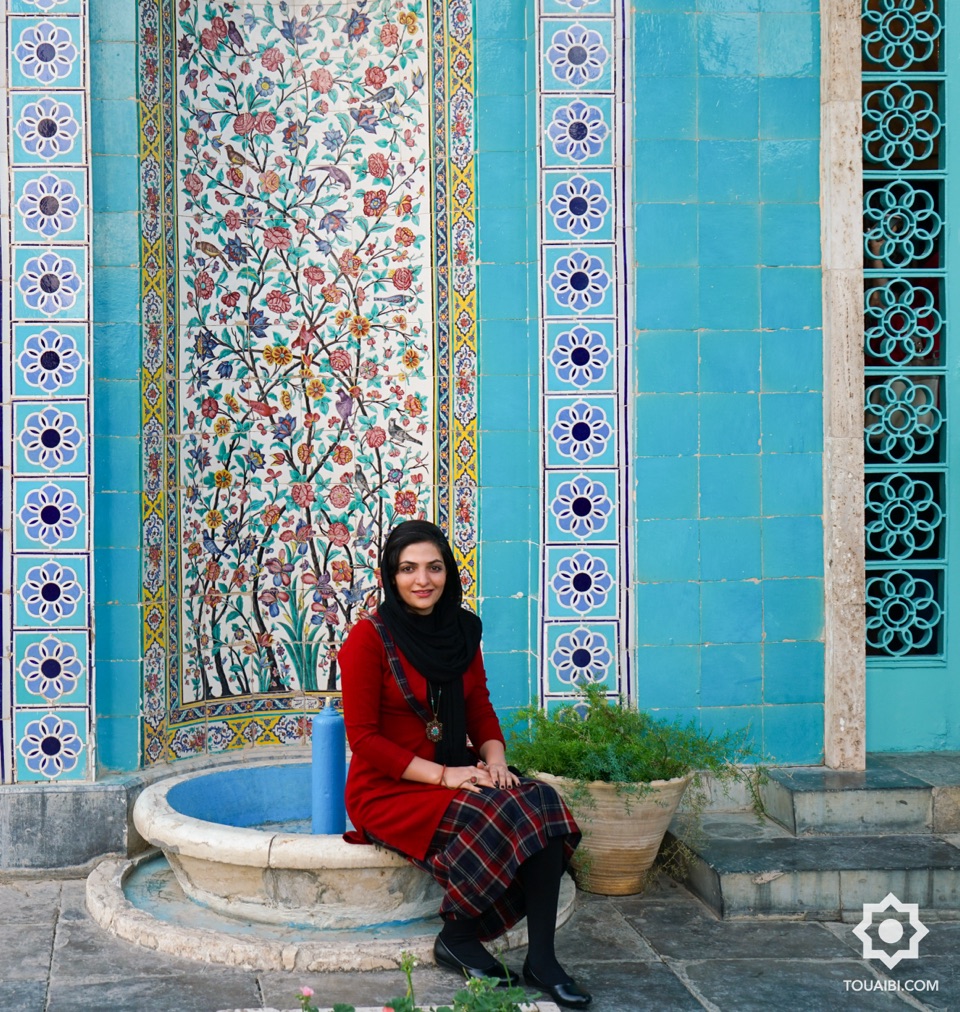
About
In front of Saadi's shrine, Shiraz. A silent presence in front of the stone where the master's verses still echo.
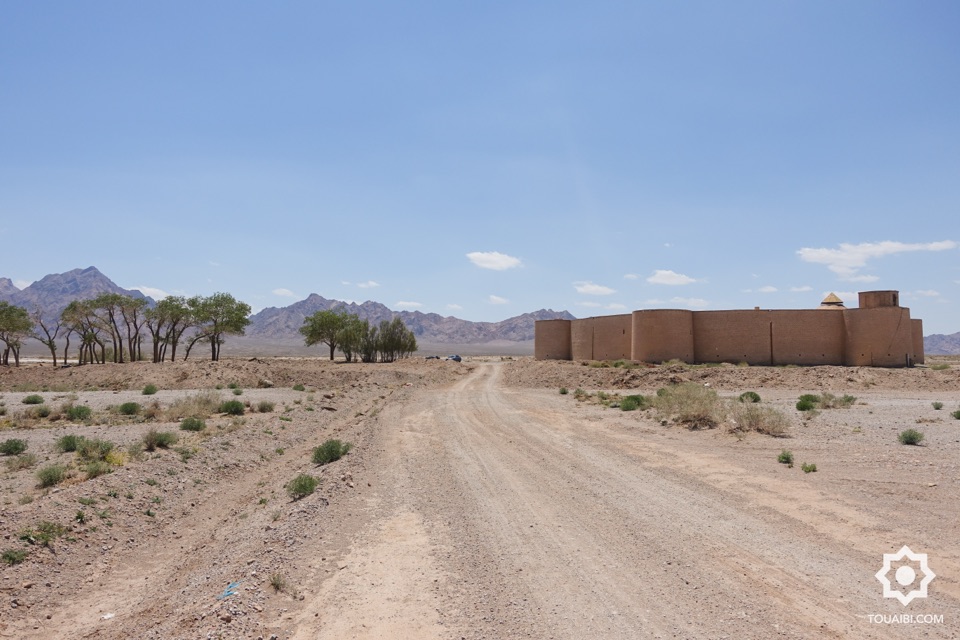
About
The Zein-o-Din caravanserai, an oasis of ochre brick in the desert near Yazd. A key stop on the ancient Silk Road, this 16th-century jewel was one of 999 caravanserais built under Shah Abbas I to boost trade. Today, the camels have given way to travellers: the building, carefully restored, has become a hotel where the echoes of the caravans can still be heard.
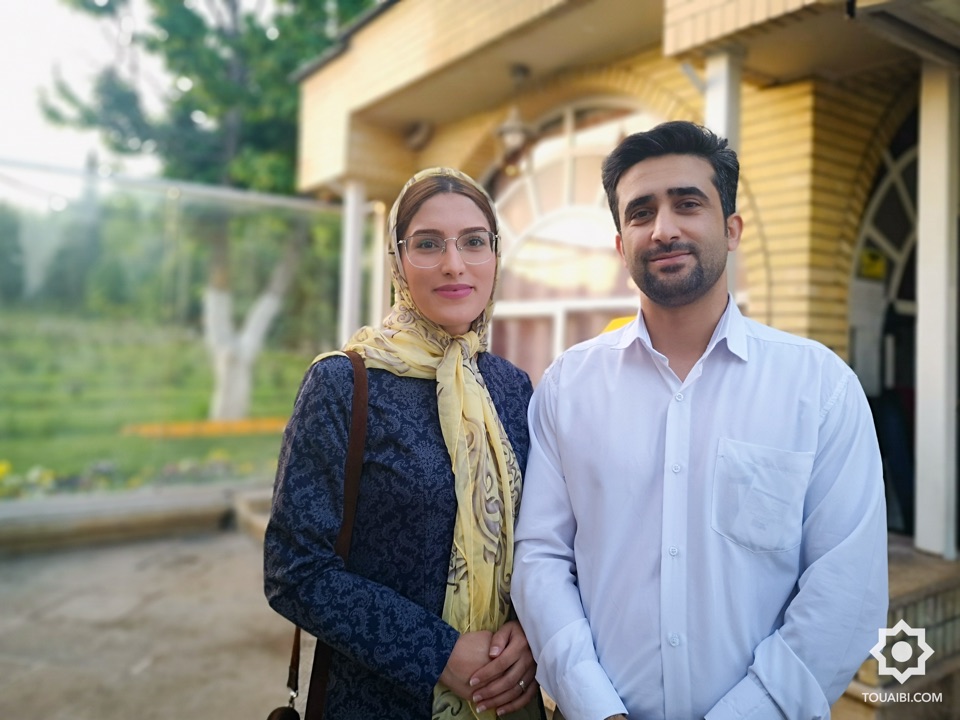
About
In Shiraz, a young Iranian couple spontaneously offers us the entrance to the Eram garden – a gesture of generosity typical of Persian hospitality.
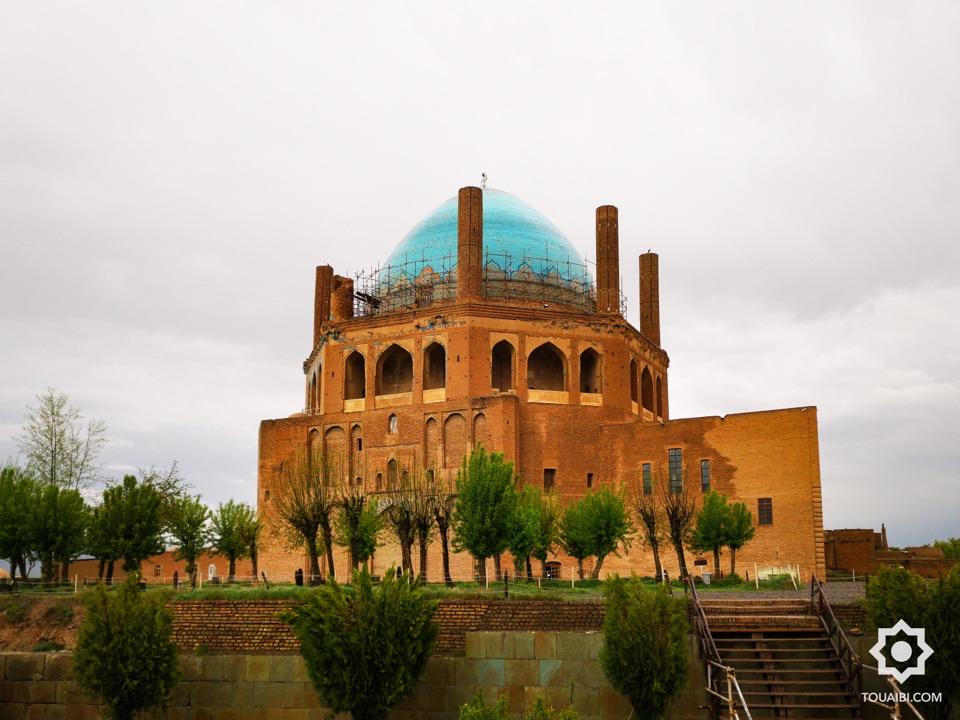
About
Soltaniye, mausoleum of Uldjâitu. This octagonal architectural masterpiece, a UNESCO World Heritage Site, houses one of the largest domes in the world. Originally built to house the remains of Imam Ali (d. 661), it eventually became the tomb of the Mongol ruler Uldjâitu (d. 1316), whose conversion to Shiism left its mark on Persian history.
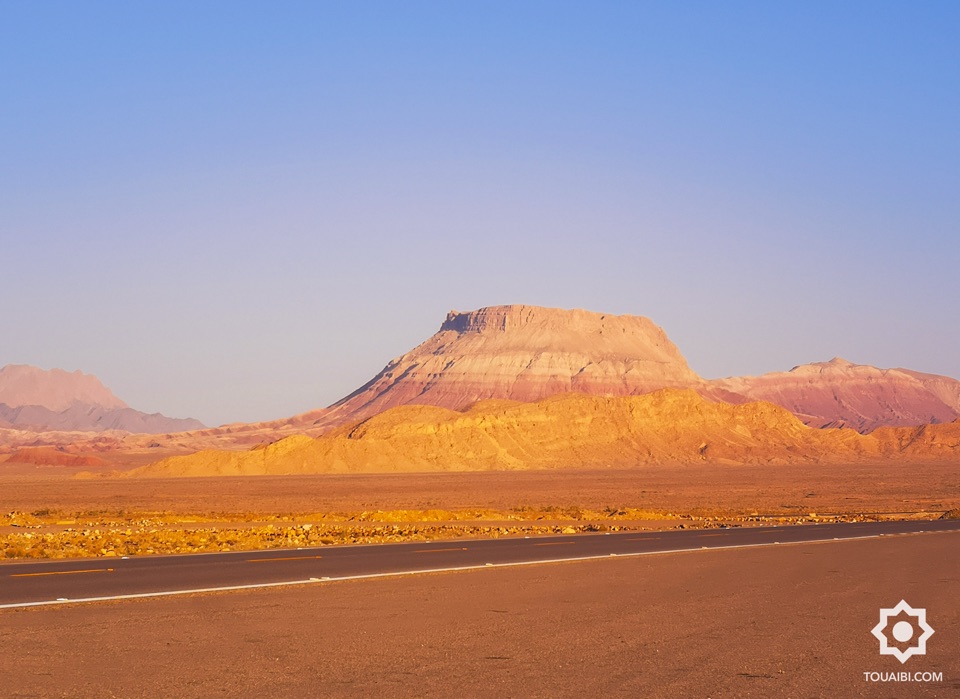
About
En route across the desert.
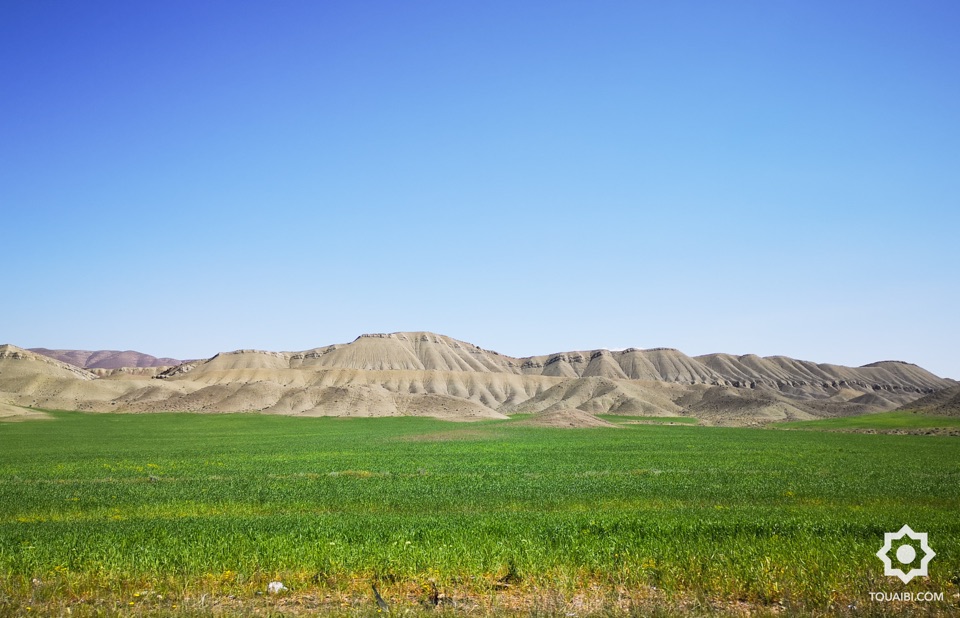
About
En route to Tabriz.
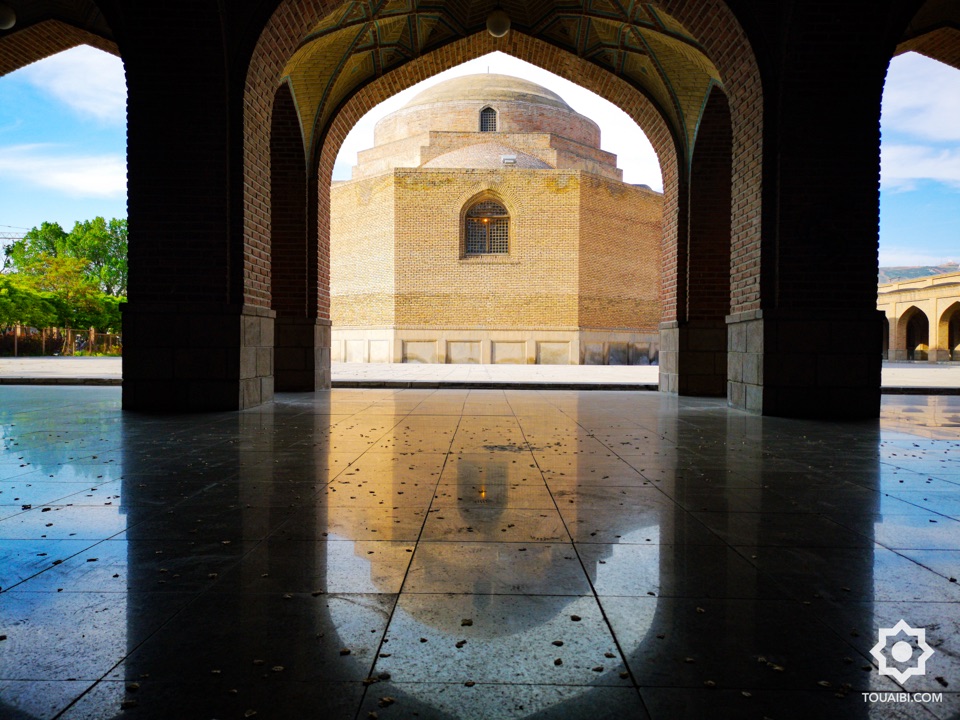
About
The Blue Mosque in Tabriz is one of the masterpieces of 15th-century Iranian architecture.
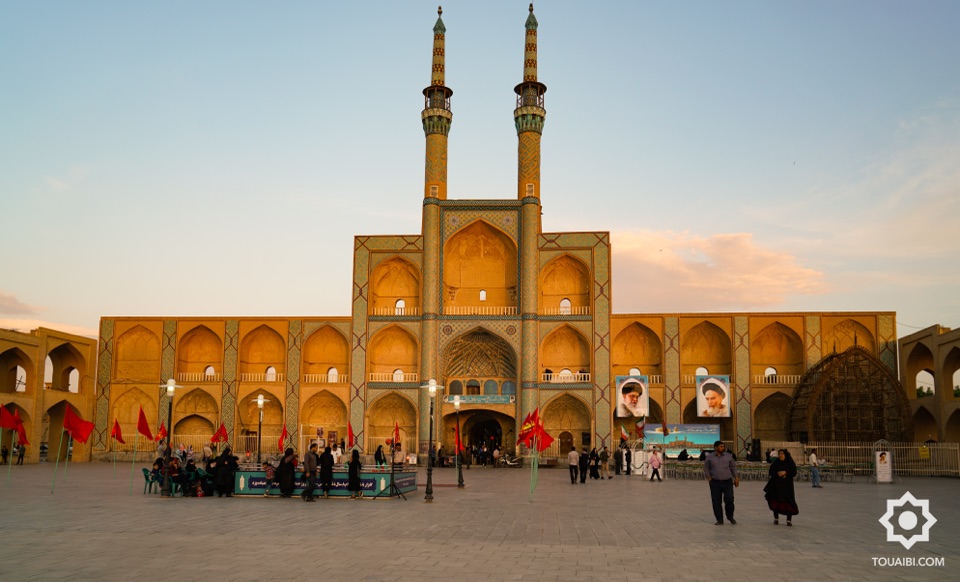
About
Yazd. The Amir Chaghmagh complex, built in the XVe century, includes a mosque, bazaar, caravanserai and public bath. It is also a place of commemoration of the martyrdom of Imam Hossein. A group of weeping women can often be seen here, and the emotion of remembrance is palpable.
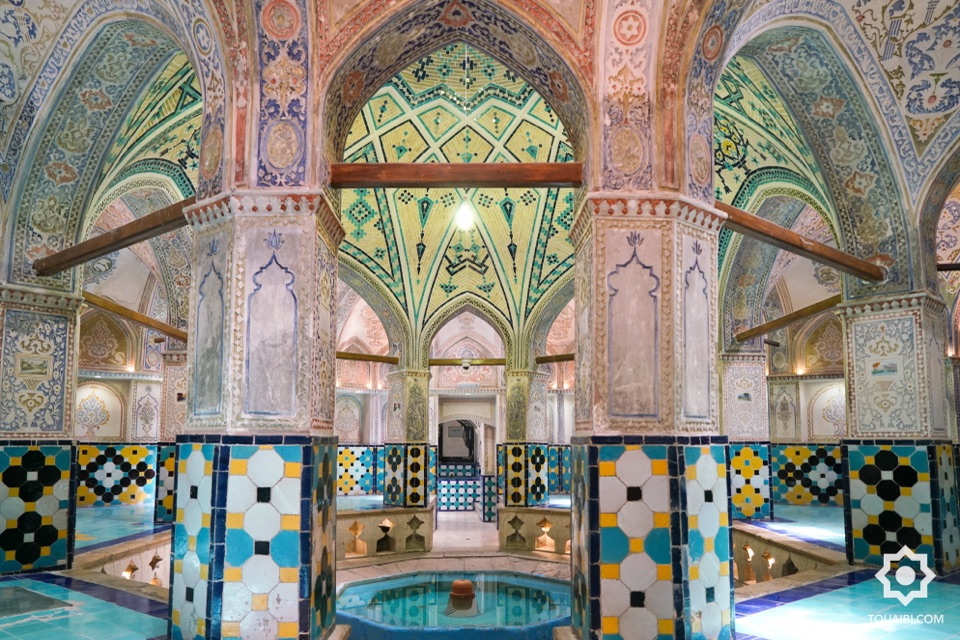
About
Kashan. The former 16th-century Hammam-e Sultan Mir Ahmad, now transformed into a tea room. This 1,000 m2 space, once dedicated to bathing, now enchants visitors with its Persian ceramics and atmosphere steeped in history.
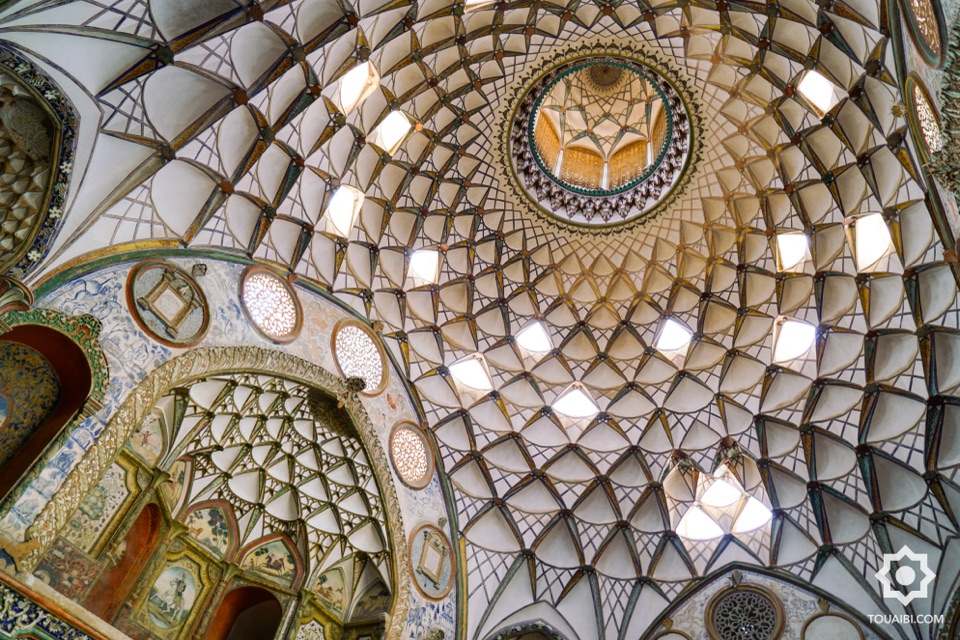
About
Entrance vestibule of the House of the Boroudjerdi in Kashan. The house is considered a true masterpiece of traditional Persian residential architecture.

About
Kashan, the historic Tabâtabâi House, a jewel of Qajar architecture. Built in 1881 for a wealthy family of carpet merchants, this mansion of almost 5,000 m2 embodies the Persian genius of the XIXe century. It combines luxury and climatic ingenuity: 40 rooms spread around four courtyards, three wind towers (badgir) to cool in summer, and cellars (sardâbs) remaining up to 20° C cooler than outside!
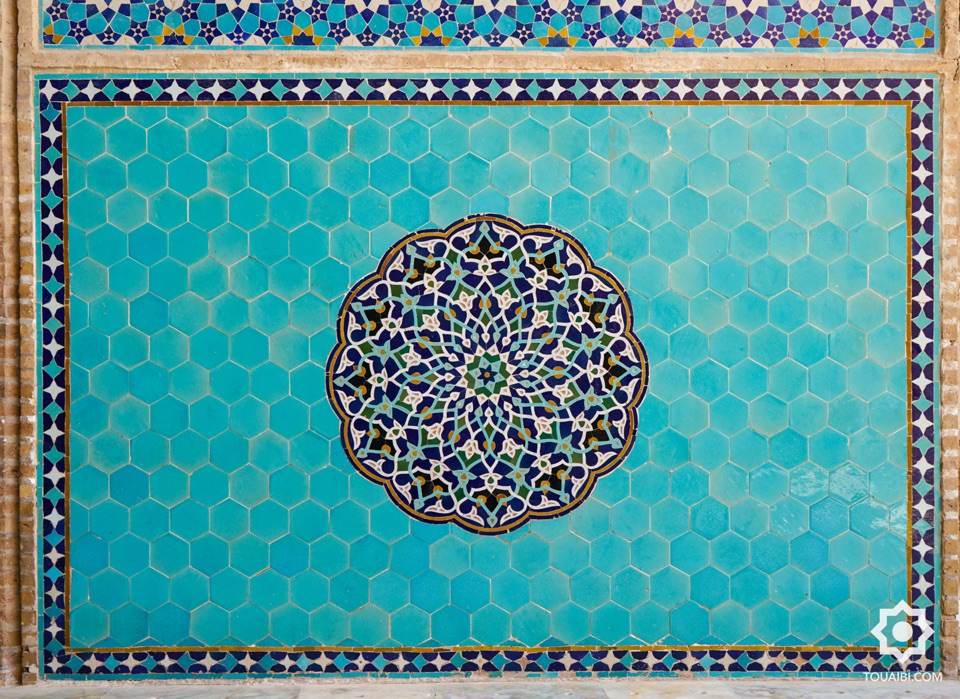
About
Yazd, Friday Mosque. Detail of the iwan, where turquoise ceramics intertwine in a splendid geometric pattern. This 14th-century mosque, considered to be one of the most beautiful in Iran, harmoniously blends elegance and spirituality.

